Taikang Space cordially invites you to the seven artists group exhibition: Groundwork Community.
We do not intend to interrupt the viewer from their imaginations generated from one’s reading of the exhibition title, “Groundwork Community”. Indeed, it maybe read as the accumulation and preparation before one’s creative process, or as the foreground to one’s creative height. In this exhibition, it may also be understood as presenting the most essential aspect related to groundwork, the original forms: the most basic lines, cubes, cylinders and cone; a number of basic colors: black and white, or original colors of the objects; a number of basic materials: metal, wood, and their proper texture and etc. Presenting and observing them collectively, one enters into a community.
If one were to examine these artists and their artworks from a purely formalistic perspective, from installation to video art, or to paintings, on a superficial level, there is a degree of commonality among the artworks of these seven artists in terms of formal aesthetic qualities and spiritual high-mindedness. Primarily, they have all adopted relatively simple materials. Furthermore, the artists have had minimal intervention on their execution and creative methods. In a time obsessed with the production of phenomenon, this type of creative method and artworks has withheld a relative degree of restraint.
Or one may come to the literal conclusion that these artworks are aesthetically inclined to minimalism. Unlike the common viewing experience in isolation, they must be open-ended in today’s chaotic and diverse contexts. Working towards concepts and emphasizing conceptual characteristics is almost a necessity of today’s artistic forms. We should not be oblivious of the creative impulse behind the artworks. Our study on these concepts must follow its inception, if we were to retain a degree of purity. The complex messages embodied in the artwork have already departed from their initial definitions.
Such canonical form is also being adopted inexhaustibly in other disciplines, and have ramified into unique interpretations and utilizations in respective disciplines, whereby it is no longer an isolated aesthetic style or interest. Dispersed into the multitudes of society, art history has castigated its shortcomings and has forgotten and overlooked its relevance to life, it is only now being slowly established. Its commingling with other aspects of artistic development has never allowed it to retreat from the art historical stage. In Chinese tradition, although the emergence of radical schools and genres as the outcome of Western dichotomies are absent, however, the understanding and appropriation of this canonical form have long became the impulse for understanding cultural psyche, ramified on various levels of everyday life to creative practices and its interpretation.
If we blindly use categorical experiences to analyze and observe these artists, their artworks may become the evidence for their abnormal existential state, because these styles or forms does not allow the viewer to trace any distinct and continuous trajectory in the artists creative logic and order. Perhaps the artist’s exceptional state is one’s critical method for maintaining creative vitality or understanding and approaching the diverse art world.
Looking back, not only historically, but also re-examine past aesthetic interests and phenomena, is one of the methods and basic attitude by which Taikang Space holds in making exhibitions. Through the observation and presentation of these artists and their artworks, we discovered these varying ideas and the artists’ unique experiences in their fields have demonstrated significant relevance with each other. Or through reviewing, the once overlooked relationships emerge.
Moreover, in order to expand from the visual experience of an exhibition, we inaugurate the first attempt to invite five writers, Chen Mengya, Guo Juan, Lu Yi, Yang Beichen and Zhao Song to submit their writing on their “encounter” at the exhibition site, in hoping to offer unprecedented exhibition viewing experiences. These texts will be edited into the exhibition publication thereafter.

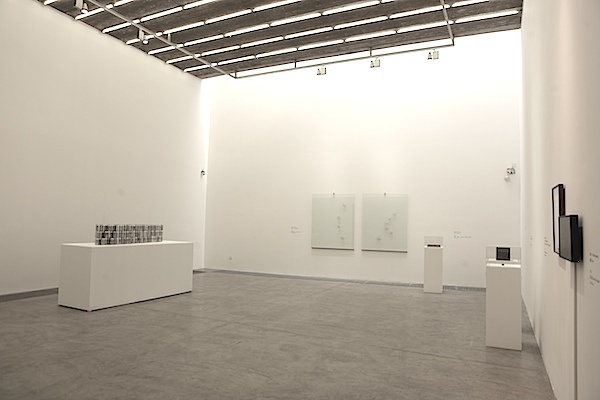 Installation View
Installation View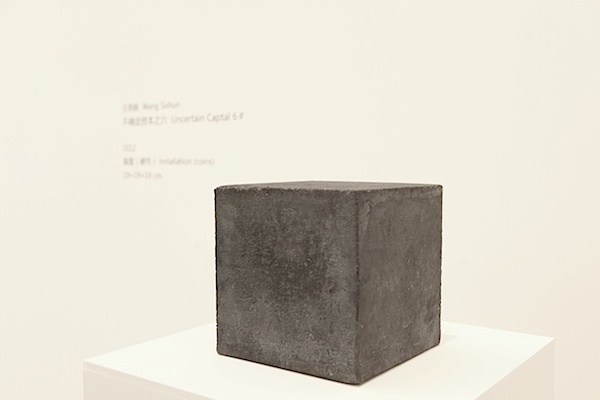 Wang Sishun, Uncertain Captal 6#, 2012, installation (coins), 19×19×19 cm
Wang Sishun, Uncertain Captal 6#, 2012, installation (coins), 19×19×19 cm 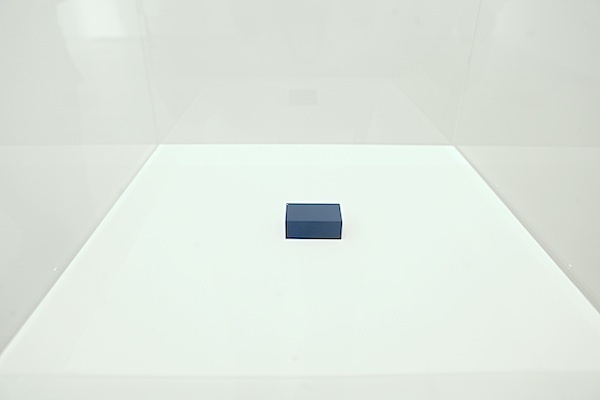 Wang Sishun, Integrate with Deity, and Share Its Purity and Immortality, 2013, installation (gold,stoving varnish), 4.786×2.958×1.828 cm
Wang Sishun, Integrate with Deity, and Share Its Purity and Immortality, 2013, installation (gold,stoving varnish), 4.786×2.958×1.828 cm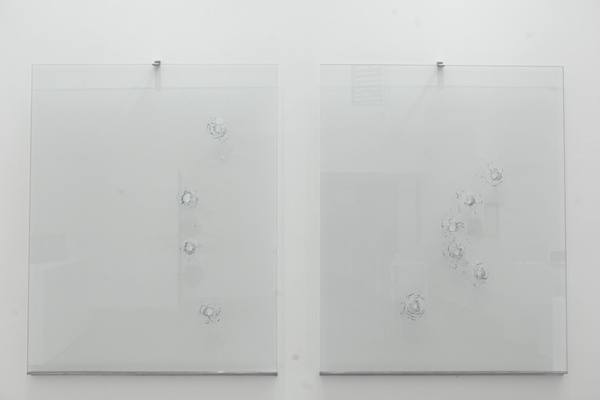 Zhao Zhao, Constellations, 2013, installation (glass), 120×150 cm×2
Zhao Zhao, Constellations, 2013, installation (glass), 120×150 cm×2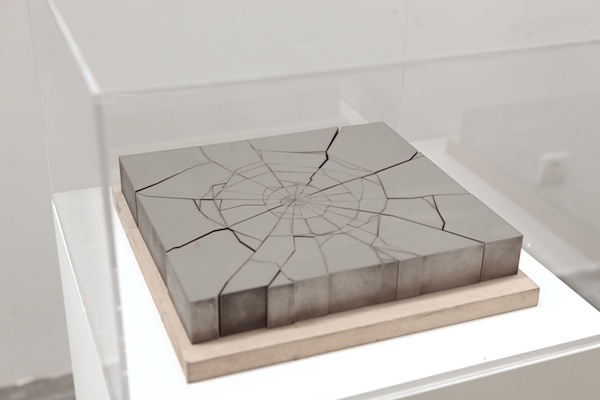 Zhao Zhao, Fragments, 2007, installation (stainless steel), 42×30 cm
Zhao Zhao, Fragments, 2007, installation (stainless steel), 42×30 cm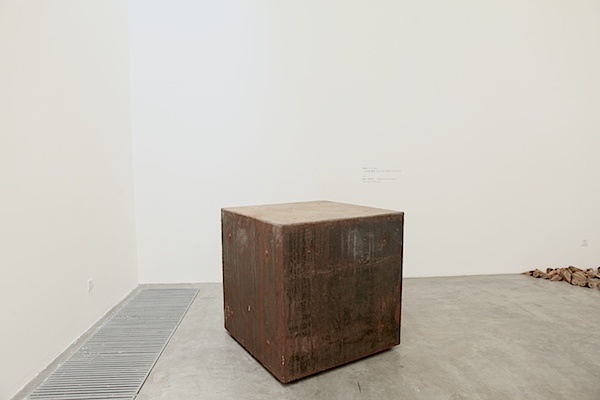 Sui Jianguo, One Cubic Metre of Darkness, 2011, sculpture (steel welding), 103.2×103.2×103.2 cm
Sui Jianguo, One Cubic Metre of Darkness, 2011, sculpture (steel welding), 103.2×103.2×103.2 cm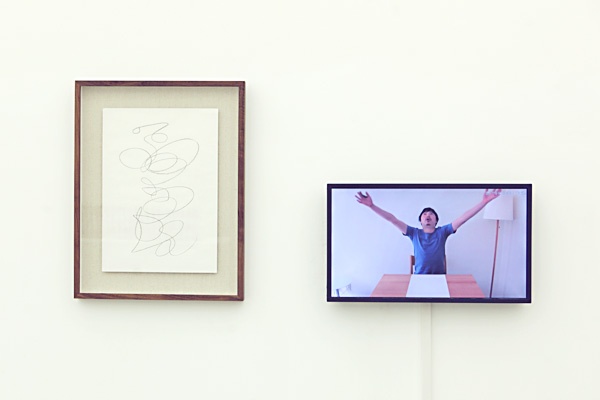 Yang Xinguang, Line, 2012, pencil on paper 42×30 cm; single channel video (loop, colour, sound) 30”
Yang Xinguang, Line, 2012, pencil on paper 42×30 cm; single channel video (loop, colour, sound) 30”  Hu Xiaoyuan, See, 2012, video & video installation, DVD player, monitor, 07'30"
Hu Xiaoyuan, See, 2012, video & video installation, DVD player, monitor, 07'30"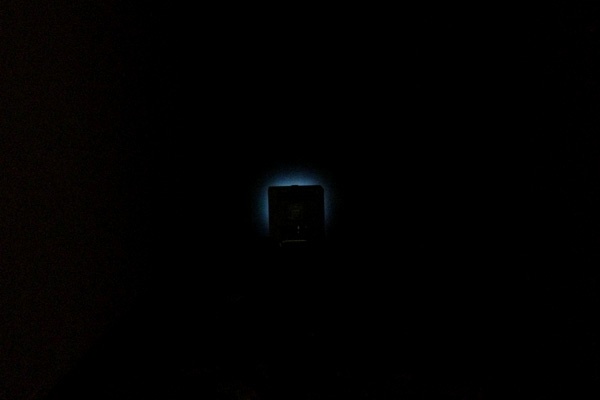 Hu Xiaoyuan, See, 2012, video & video installation, DVD player, monitor, 07'30"
Hu Xiaoyuan, See, 2012, video & video installation, DVD player, monitor, 07'30"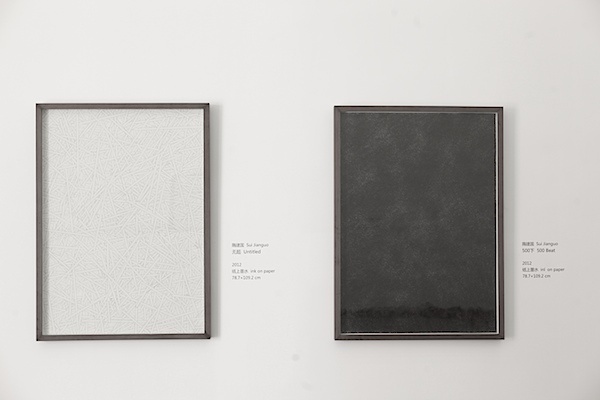 Sui Jianguo, 500 Beat(left) & Untitled(right), 2012, ink on paper, 78.7×109.2 cm×2
Sui Jianguo, 500 Beat(left) & Untitled(right), 2012, ink on paper, 78.7×109.2 cm×2 Yang Guangnan, Itch, 2010, single channel video (loop, black and white, no sound), 2'30"
Yang Guangnan, Itch, 2010, single channel video (loop, black and white, no sound), 2'30" 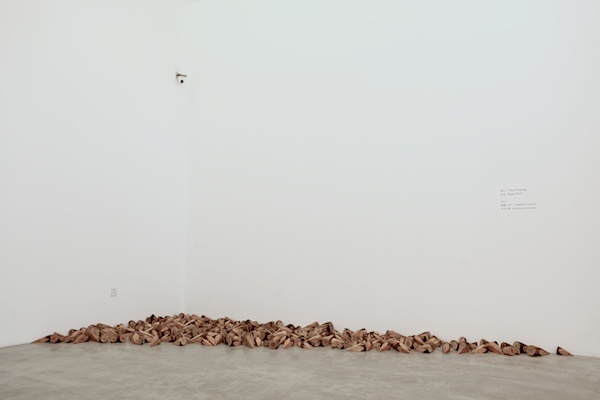 Yang Xinguang, Sharp Point, 2012, installation (wood), dimensions variable
Yang Xinguang, Sharp Point, 2012, installation (wood), dimensions variable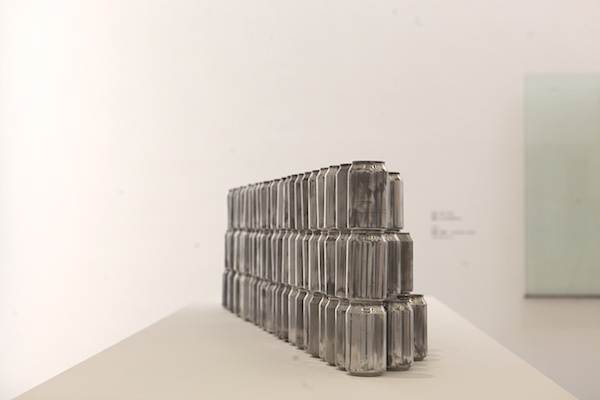 Xin Yunpeng, Internal Supply, 2009, installation (tin cans, polished surface), dimensions variable
Xin Yunpeng, Internal Supply, 2009, installation (tin cans, polished surface), dimensions variable





